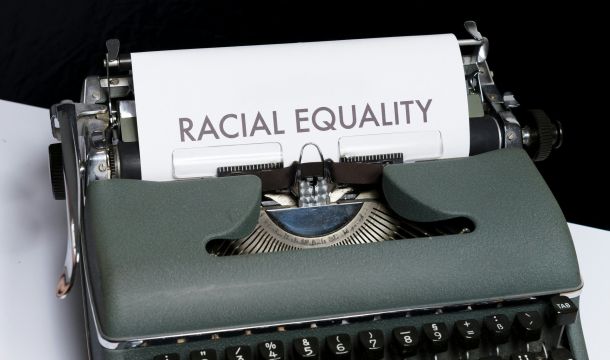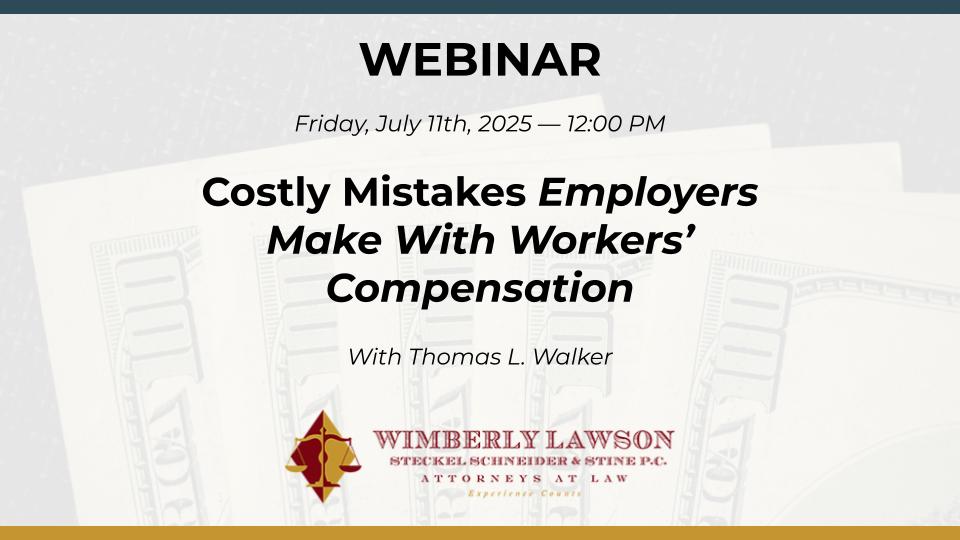FIRING OVER COMMENTS ABOUT DIVERSITY PROGRAMS, RACIAL TAUNTS ON PICKET LINES, AND SUPREMACIST RALLIES
Several incidents have occurred over the past week or two that create fascinating (at least for lawyers) legal and strategic issues. The most well-publicized of the incidents occurred when a Google engineer was fired for writing and distributing a memo criticizing his employer’s gender diversity program. The second occurred when an employer fired a union picketer for yelling racial taunts at persons crossing the picket line. A third occurred when an employer fired an employee for participating in what some considered a white supremacist rally in Charlottesville. These three seemingly different actions raise certain common issues of what constitutes free speech and protected activity by employees, as opposed to an employer’s right to terminate employees for violating company rules.
The Google situation received the most publicity, and started when a Google engineer wrote a controversial 10-page memo on an internal Google site that questioned the company’s gender diversity program policies, which became widely circulated. Among other things, the engineer, the now famous James Damore, complained that Google’s efforts to boost diversity were themselves forms of discrimination that are "unfair, divisive, and bad for business." The memo also went on to discuss why he believed women, on average, may not be as biologically suited for roles in technology.
Traditional labor and employment law rules give employees the right to speak out and complain about workplace issues, such as perceived discrimination, or to oppose practices they deem to be unlawful discrimination. At the same time, traditional labor and employment law rules give employees the right to terminate employees that engage in discriminatory acts or create a hostile work environment.
The New York Times quoted an email from Damore that read: "As far as I know, I have a legal right to express my concerns about the terms and conditions of my working environment and to bring up potentially illegal behavior, which is what my document does."
Google fired Damore over the memo, but sent out a carefully worded note explaining "much of what is in that memo is fair to debate . . . ." "However, portions of the memo violate our code of conduct and cross the line by advancing harmful gender stereotypes in our workplace." As an interesting follow up, WikiLeaks founder Julian Acing criticized Google’s "censorship" and offered Damore a job. Damore also had suggested in his memo that Google suppressed politically conservative thought in the workplace, and his comments about biology are significant since he held an advanced degree from Harvard in Systems Biology.
Damore has filed a charge with the National Labor Relations Board (NLRB), and may pursue other legal actions. Many commentators feel that raising concerns about being excluded because of gender and/or race, or about preferences being given to others because of gender and/or race, is protected speech. But many also believe that a portion of the memo suggesting stereotypes about women or any other group, may have crossed the line. These suggestions are why Google’s explanations for the firing are so interesting, as they draw these distinctions. A real irony pointed out by the Wall Street Journal is that Google itself in defending certain gender disparity issues in government investigations is arguing certain defenses like Mr. Damore asserts in his memo. Another irony is that publicly Google has supported free speech but the message from the firing of Mr. Damore is "be careful about what you say about diversity, regardless of the side of the issue you are on."
At the same time the Google situation was going on, in August, a federal appeals court upheld a ruling by the NLRB that a union strike picket was unlawfully terminated for yelling what many would consider racial taunts to persons crossing the picket line. The NLRB administrative law judge acknowledged the employee’s comments were "racist, offensive and reprehensible," but said the company violated federal labor laws by firing him for a legally protected collective bargaining activity of participating in a strike that did not involve violence. The company ultimately appealed the ruling and argued that it has a right to enforce rules against racial harassment, but a divided U.S. Court of Appeals for the 8th Circuit said federal anti-discrimination laws did not require the company to go so far as to fire the picketer. Cooper Tire v, NLRB,2017 WL 3388971 (8th Cir. 2017).
The NLRB and the appeals court refused to accept the employer’s argument that firing a striker yelling racial taunts to strike breakers who crossed the line made the otherwise legal picketing activity unprotected. It is hard to reconcile the ultimate legal ruling in the strike breaker case with the situation involving the Google engineer.
Further dilemmas are created by looking at the situation from the allegedly "white supremacist" rally in Charlottesville, where a restaurant fired an employee for participating in the rally by identifying him in a photo. Some say the rally was not a supremacist rally at all, but instead an "alt-right" rally. In any event, photos indicated that participants carried torches and reportedly chanted "white lives matter." This situation is extremely significant because such a person’s presence in the workplace might be distracting by generating conflict among co-workers. Nevertheless, general legal principles indicate that such controversies do not allow an employer to terminate an employee for protected conduct. Further, many states have laws protecting legal conduct by off-duty workers.
Editor’s Note: The answers to the issues raised by these three current situations are not easy. One thing is for sure, the Google official’s announcement of the reasons for terminating the engineer obviously were assisted by a competent labor and employment lawyer. Google was careful to separate what might be unprotected conduct from protected conduct, and was careful to explain the reason for the termination as only referring to the unprotected conduct.
Related Content
Get Email Updates
Recent Content

Heat Safety Rule Appears to Be Moving Forward

Federal Government to Drop Disparate Impact Basis for Discrimination Claims

E-Verify+

How the DOJ and EEOC Guidance Affects DEI Programs

Survey Shows Top Employer Concerns Are DEI and Immigration Changes

